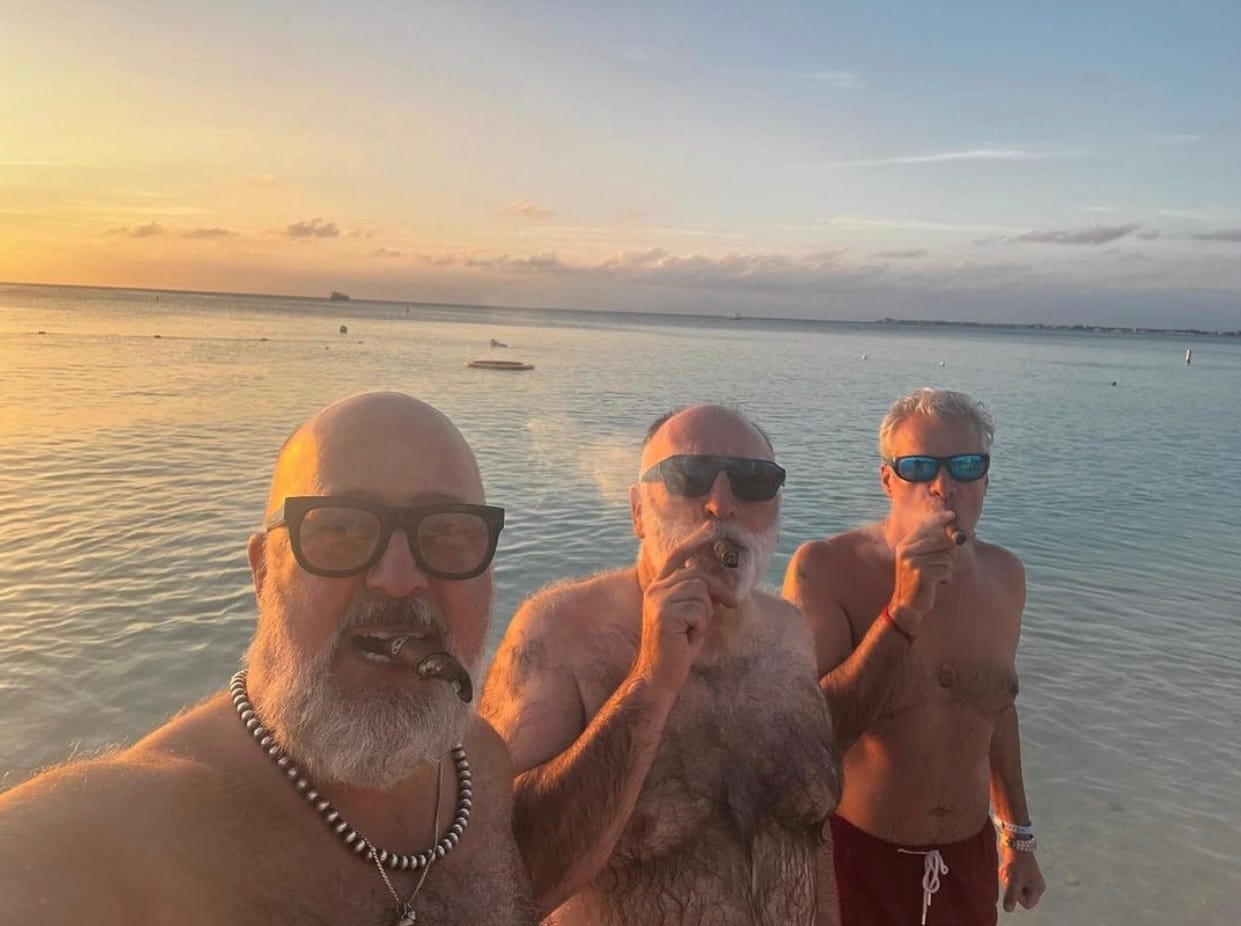Lima, Peru is for ceviche, seafood, and sweets
A fish-lover's guide to Peru's capital
Guys—I’m writing to you from the Cayman Islands right now for the Cayman Cookout, an event hosted by my friend Eric Ripert that I’ve been going to for a long time…since 2010, when I was there with Eric, the great chef Grant Achatz, and my old, dear friend, Tony Bourdain. We’ve always had so much fun there…we always miss Tony, of course. This week Eric and I have been hanging out with our buddy Andrew Zimmern.
On Saturday I’m going to be taping a live episode of Longer Tables, my podcast (which you’ll be able to listen to if you’re subscribed over at my other Substack…)—I’ll be talking to the amazing chefs Kwame Onwuachi and Kristen Kish.
But today I wanted to take today to tell you about another place I love to travel, though I haven’t been back recently enough…Lima, Peru! To me, Lima has one of the most dynamic, energetic culinary scenes in the world, and Peru is one of the most beautiful countries ever. It’s summertime there now, which brings plenty of sunshine to the city, but if you’re not ready to pack your bags just yet, think about going in a few months—Lima in the fall (spring for us above the equator) is a perfect time to go.
What I love about food in Lima is that there’s so many different cultures represented there. There has been a long history of immigration to Peru from all around South America, but also from places further away—most notably, China and Japan, where waves of immigrants came from in the second half of the 19th century and into the 20th. Two distinctive cuisines—Chinese chifa and Japanese nikkei—have developed in Lima and around Peru, and some of the city’s best and most creative restaurants combine these cultures and flavors. My own restaurant China Chilcano, in Washington, DC, is based on the immigrant cuisine of Peru, combining chifa and nikkei with Peru’s criollo cuisine, itself a blend coming from indigenous Peruvians, enslaved people brought from West Africa by Spanish conquistadors, and the Spaniards themselves.
Peru has been a leader in gastrodiplomacy—using food as a tool of “soft power” to promote tourism and trade to the rest of the world. The chef Gastón Acurio, who I will tell you about below, has been a big piece of that, as well as the many, many Peruvian chefs doing incredible work to share their unique cuisine with the rest of us. And on the same page, the very famous dish of ceviche was recently recognized by UNESCO as “intangible cultural heritage,” a piece of human culture that’s worth preserving. I wrote a bit more about that earlier this week on Longer Tables…!
Below I’m sharing some of my favorite restaurants in Lima—mostly seafood, as you’ll see (you know I love seafood!). But there’s so much more to talk about in Peru—Lima has some of the best bars in the world, and it’s super important to travel outside the city he regions—we’ll do that in the future.
So now…The Chef’s List goes to Lima!





